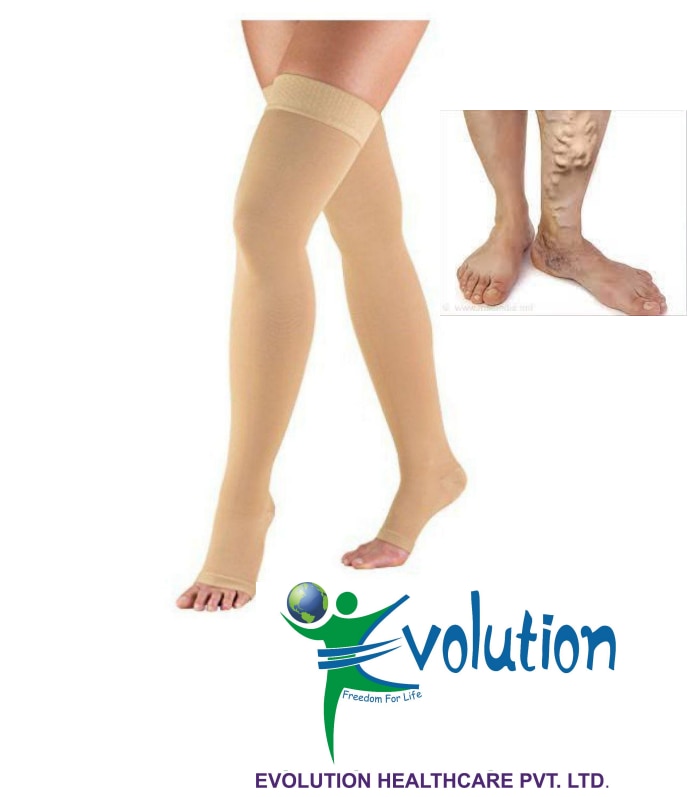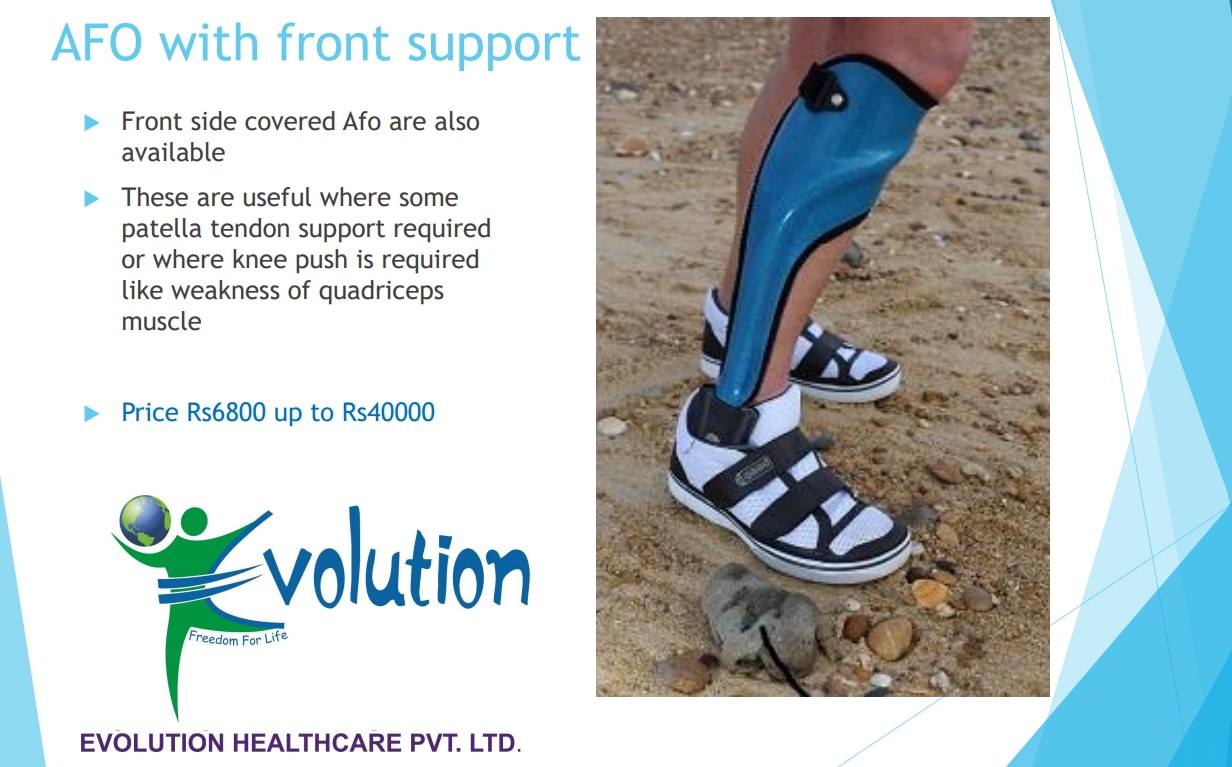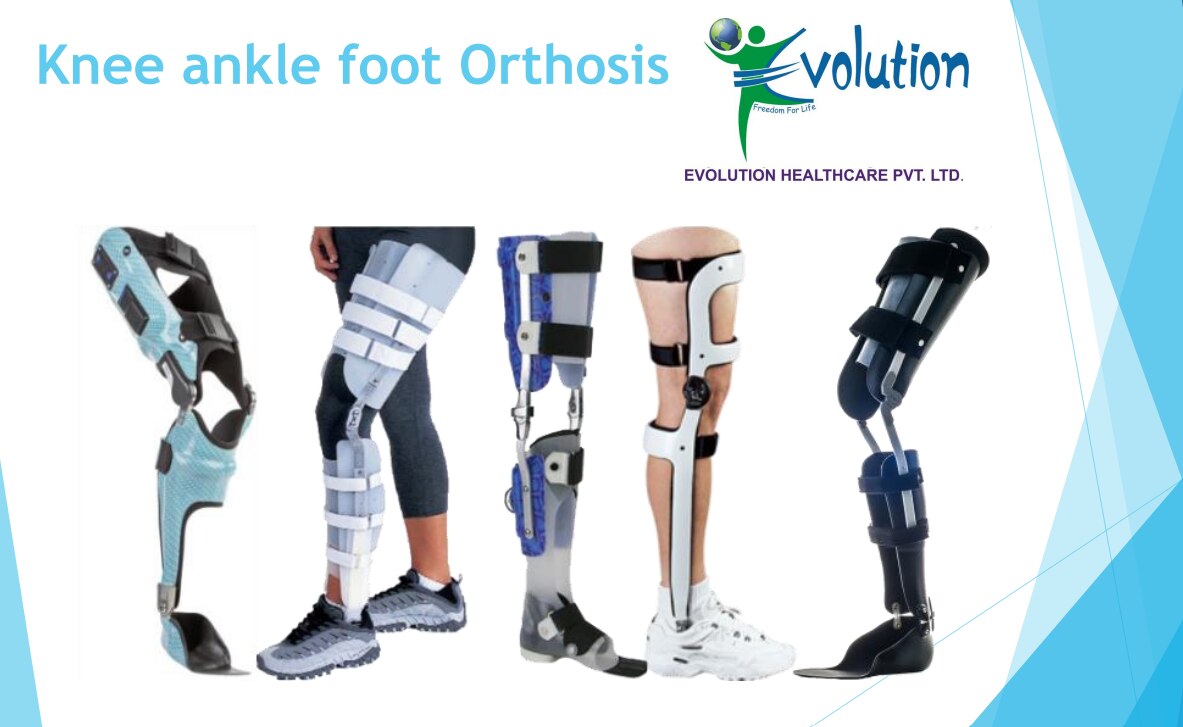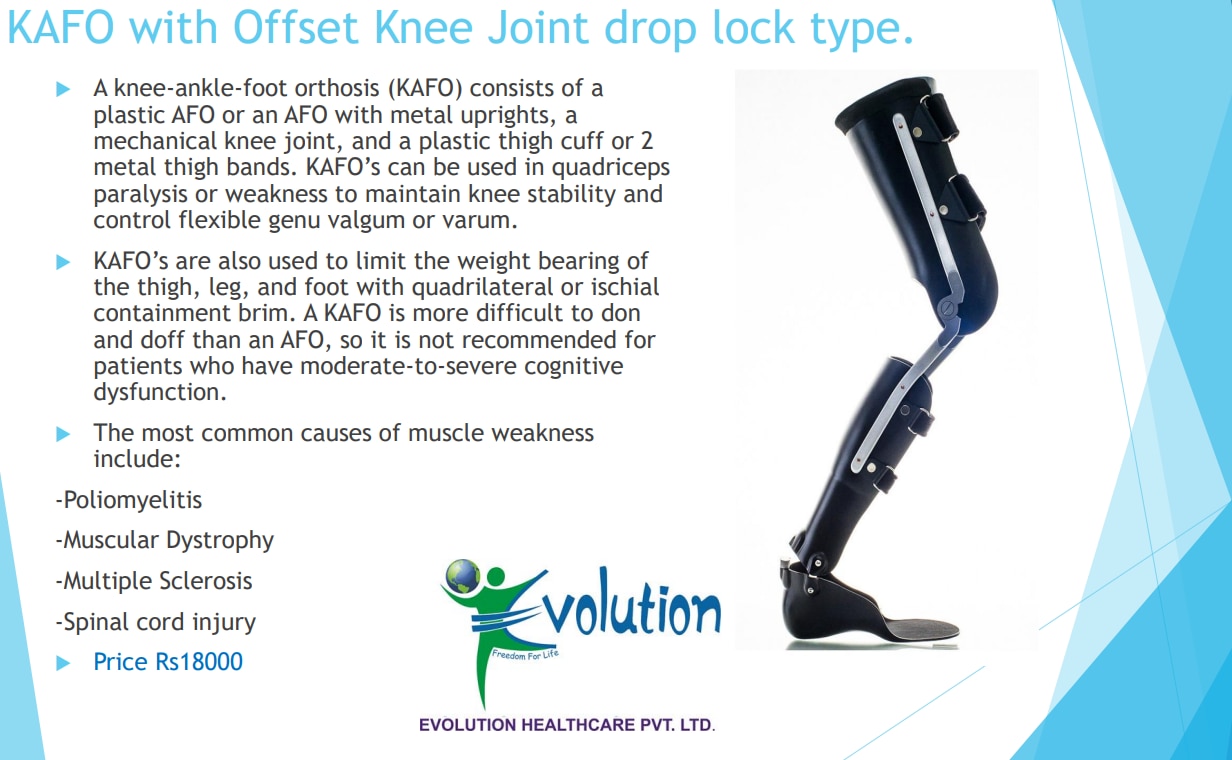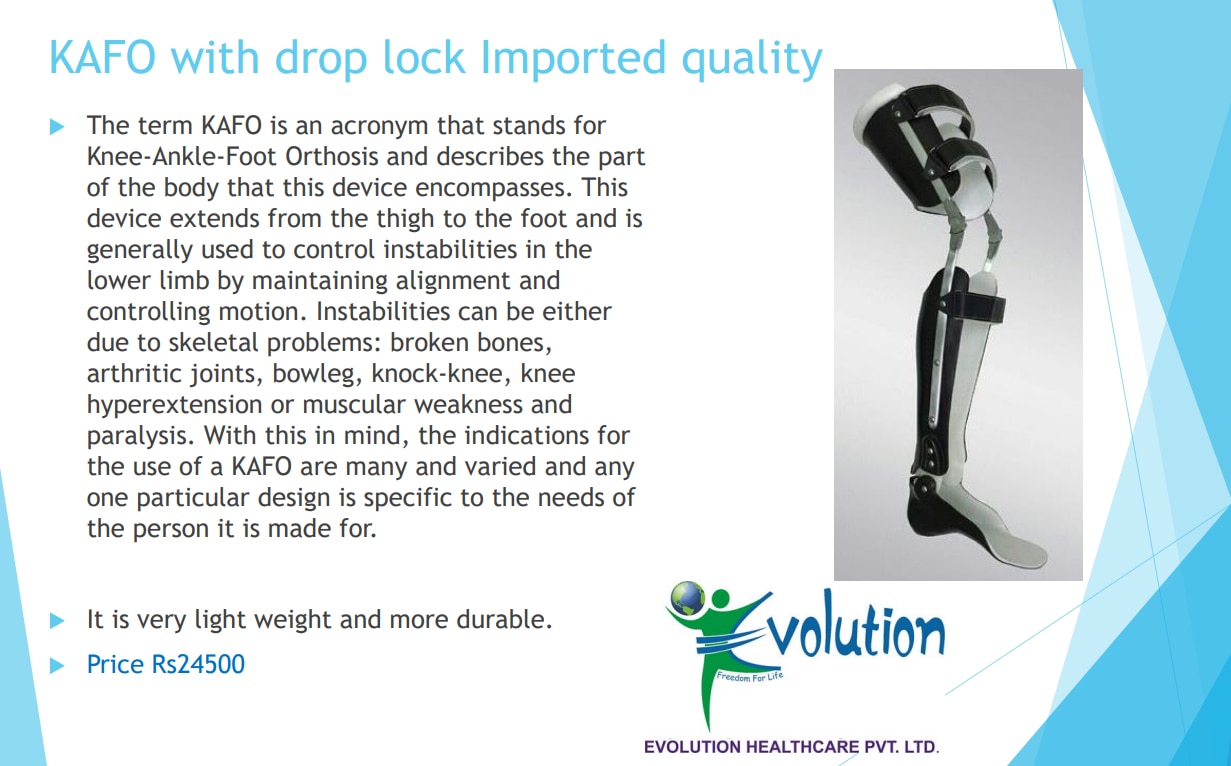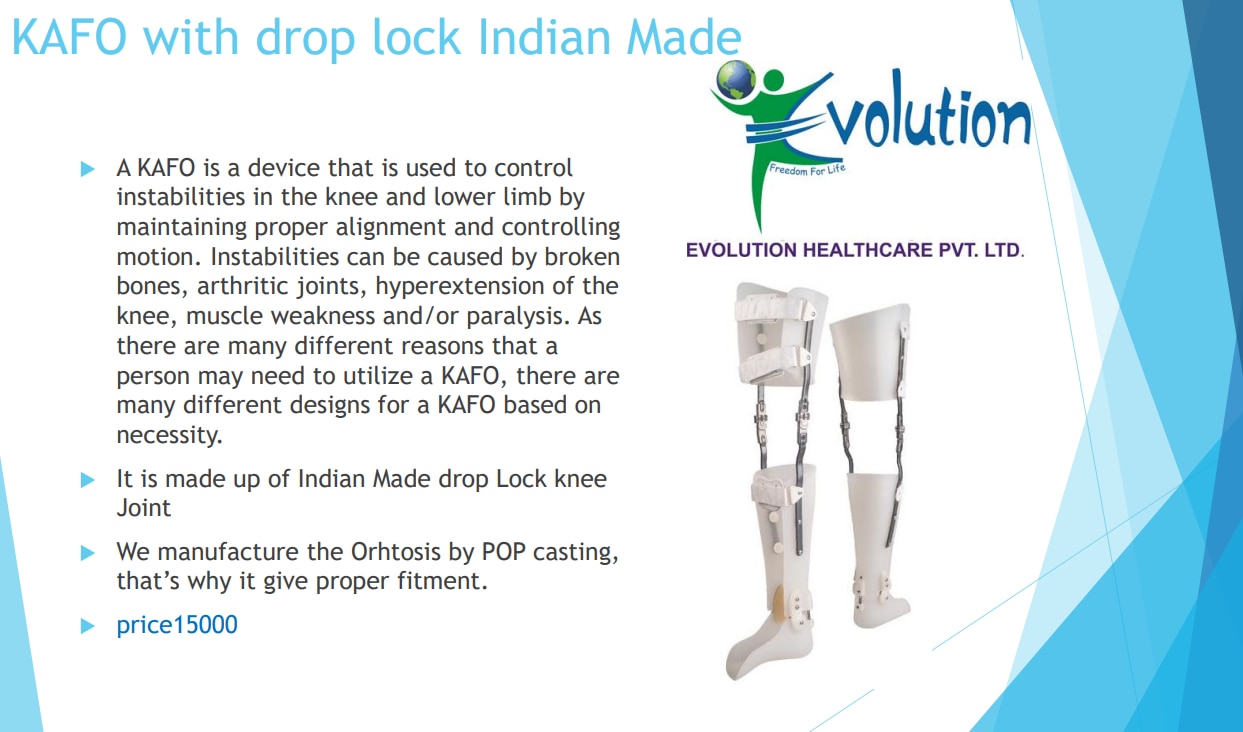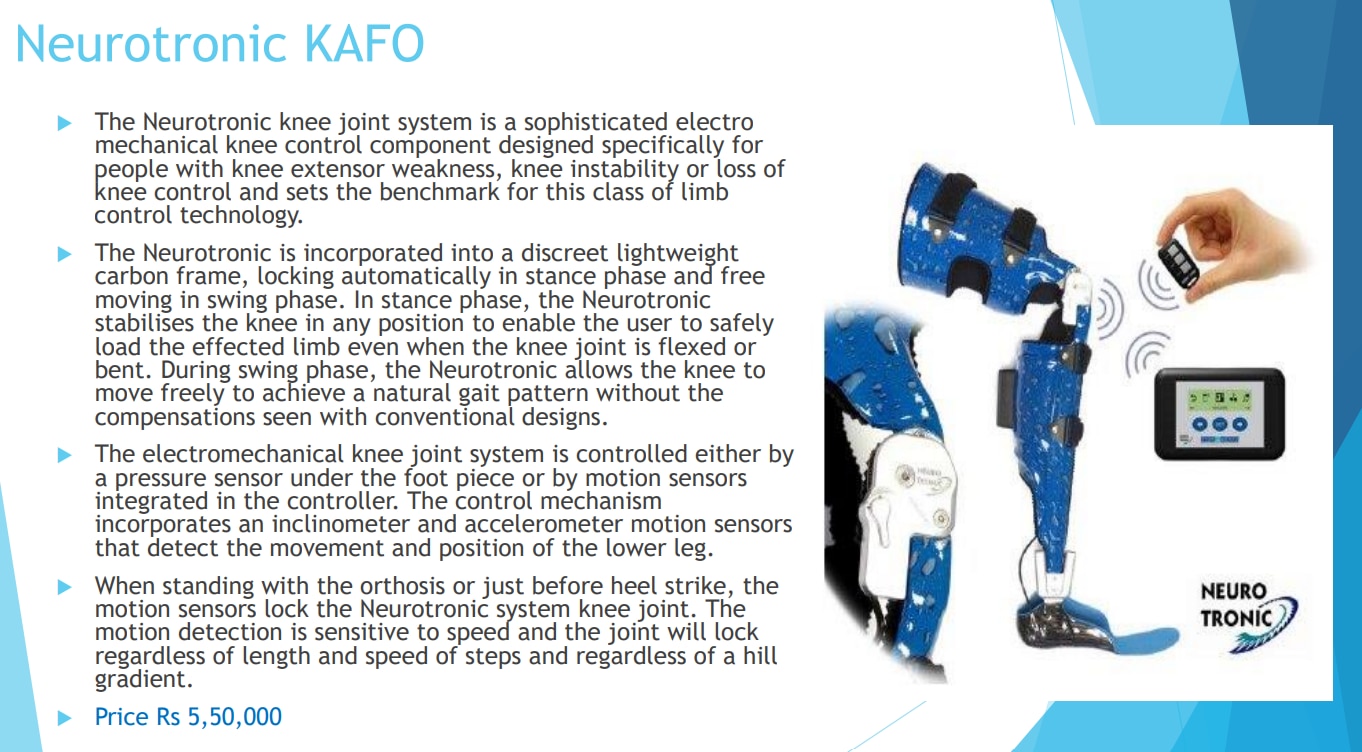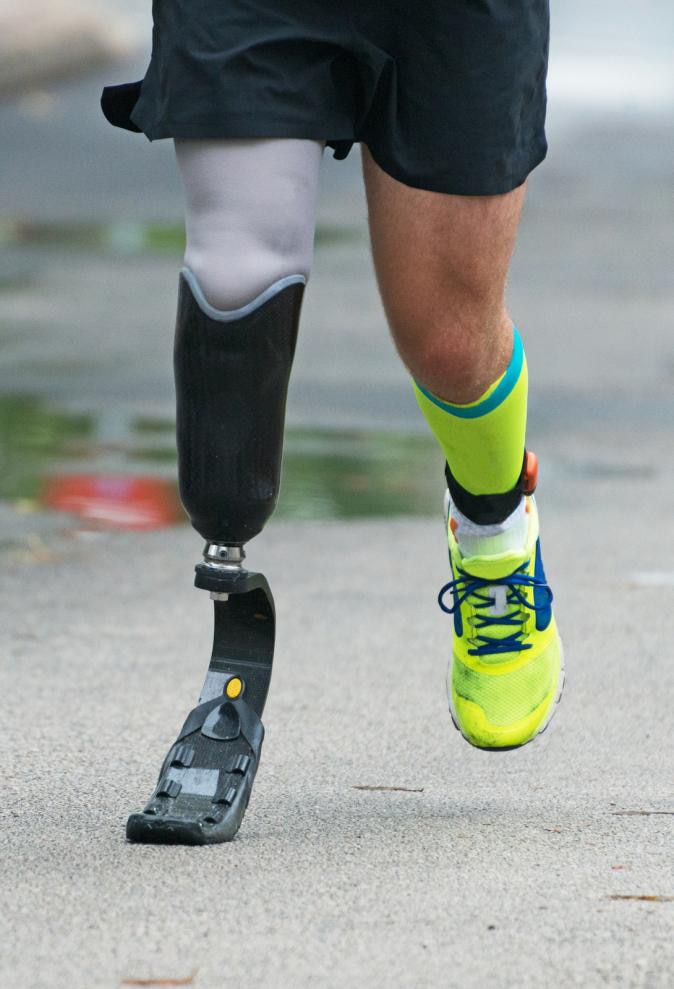Varicose Vein stocking Price Rs 5800 per piece with ZIP and 2 Hook adjustment -Varicose veins are caused by increased blood pressure in the veins. Varicose veins happen in the veins near the surface of the skin (superficial). The blood moves towards the heart by one-way valves in the veins. When the valves become weakened or damaged, blood can collect in the veins. • Varicose veins may be more common in some families (inherited). Increased pressure in the veins may cause varicose veins. Factors that may increase pressure include: 1. Overweight or obesity 2. Older age 3.Being female 4.Being inactive 5.Leg injury 6.Pregnancy 7.Smoking 8.Taking oral contraceptive pills or hormone replacement
Send Message
